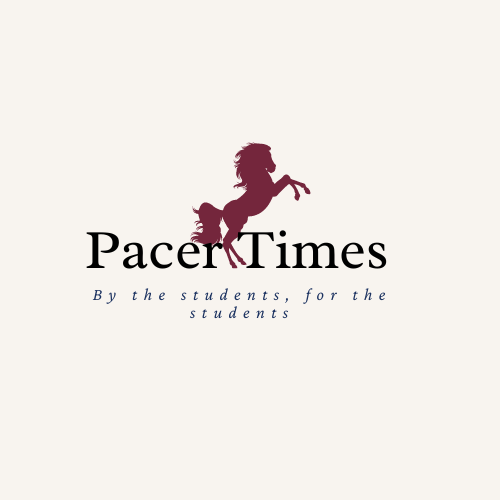Pacer Pillowtalk: Remedies for menstrual cycle symptoms
Menstruation is known for the less-than-comfortable symptoms people experience, and the connotations of the simple biological function are equally as negative.
Menstruation symptoms vary in severity and features, but there are remedies to curb the painful physical and emotional side effects.
Period pain is common and affects a majority of people with uteruses under the age of 25. According to a systematic review on period pain and successful treatments, the “normalization of pain” from periods is found in many of those experiencing it, “often ... reinforced by family and friends and results in” the self-care and at-home medicinal strategies over medical advice.
Researchers are adamant in decreasing the normalization of menstrual pain, noting that the “implications … with a lack of understanding of effective self-care strategies may lead to poor pain management.” With the “link between pain intensity and negative outcomes,” effective self-care strategies, “non-steroidal anti-inflammatories,” birth control and “non-pharmaceutical methods” like exercise and therapy is “vital” for those suffering from menstrual pain.
Typical non-steroidal anti-inflammatories used for relieving menstrual pain, like Aspirin, Motrin, or Advil, target specific enzymes responsible for inflammation, thereby decreasing uterine pain from shedding the interior lining and swelling while on the menstrual cycle.
Options outside of over-the-counter medications may include antidepressants, primarily for mood-related symptoms, diuretics, and specific lifestyle adjustments. “SSRIs are the first line treatment for severe PMS or PMDD,” reported the Mayo Clinic. While many SSRIs are generally taken daily, those with PMS can limit their intake to just two weeks prior to their period beginning.
Bloating and weight gain are other symptoms of menstruation, and the use of prescribed diuretics has been proven to have a positive effect on people when limitation of salt and increased water intake does not produce the desired effect.
Modification of one’s diet also shows a substantial decrease in painful menstruation symptoms. For example, eating “smaller, more-frequent meals to reduce bloating and the sensation of fullness,” limiting salty foods to reduce fluid retention, eating foods rich in complex carbohydrates (fruits, vegetables) and calcium as well as avoiding caffeine and alcohol are commonly practiced techniques to manage uncomfortable symptoms.
Acne as a result of menstruation can be reduced by taking hormonal contraceptives, as the wildly fluctuating hormone levels can be calmed by birth control by targeting the hormones that can increase acne.
Heat, stretching targeted areas (pelvis, back, thighs) and a combination of any of the lifestyle techniques or OTC can greatly decrease PMS symptoms.
Pain from PMS is common-place, but the tolerance of intense, daily activity inhibiting pain should not be. At-home remedies may work for many, but professional help and diagnostic measures to determine the cause of severe symptoms can be beneficial for those still suffering substantial pain despite lifestyle adjustments.






